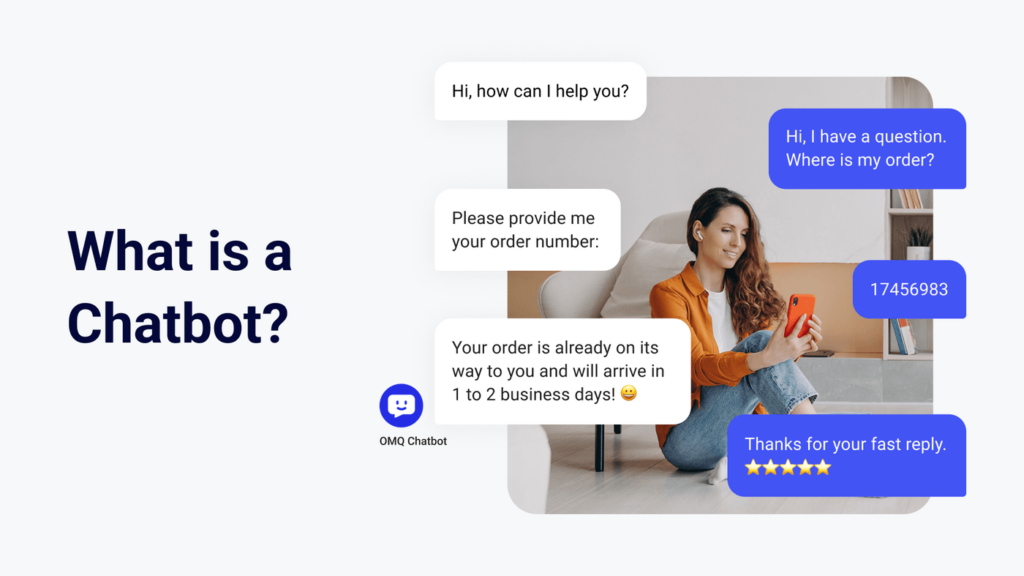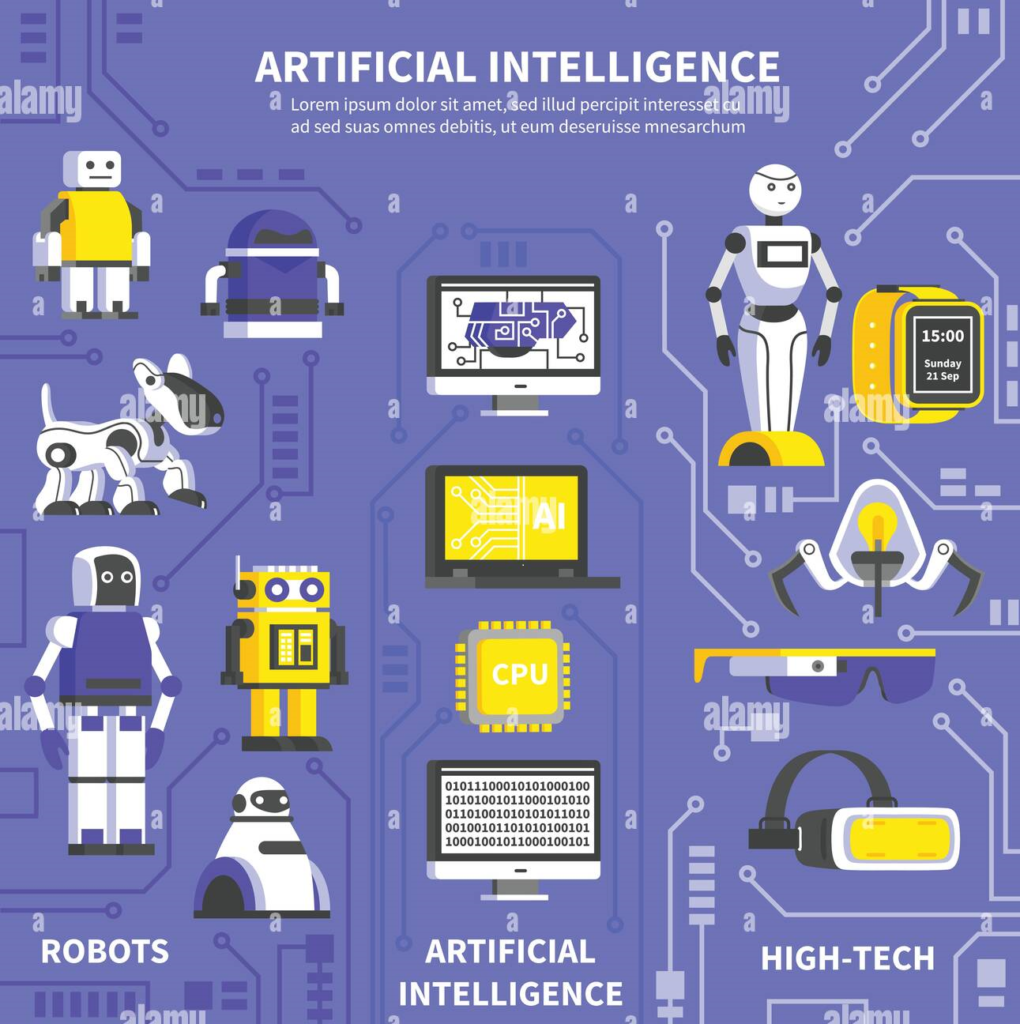The field of artificial intelligence continues to evolve rapidly, with significant progress in large language models (LLMs) and chatbot technology. Here are some key developments, along with examples:
1. Improved conversational abilities: Latest AI models demonstrate enhanced natural language understanding and generation, leading to more fluid and context-aware interactions.
o Example: GPT-4 and Claude AI can engage in complex, multi-turn conversations, understanding context and nuance much better than their predecessors.

2. Multimodal capabilities: Many AI systems now integrate text, image, and even video processing, allowing for more comprehensive and versatile applications.
o Example: OpenAI’s DALL-E 3 can generate and edit images based on text descriptions, while Google’s Gemini can analyze and describe video content.

3. Ethical considerations: There’s an increasing focus on developing AI with built-in safeguards to address concerns about bias, privacy, and potential misuse.
o Example: Many AI companies, including Anthropic, are developing AI models with built-in ethical guidelines to prevent the generation of harmful or biased content.
4. Specialized AI assistants: We’re seeing a trend towards AI models tailored for specific industries or tasks, such as legal research, medical diagnosis, or creative writing.
o Example: IBM’s Watson for Oncology assists doctors in cancer treatment decisions by analyzing medical literature and patient data.

5. Open-source initiatives: The AI community is fostering more collaboration through open-source projects, democratizing access to advanced AI technologies.
o Example: Meta’s LLaMA 2 is an open-source large language model that researchers and developers can freely use and modify for various applications.
AI Robots: Bringing AI into the Physical World
In addition to software-based AI, significant progress has been made in the field of AI-powered robotics. These robots combine artificial intelligence with physical capabilities, enabling them to interact with the world in more tangible ways. Here are some notable examples:
1. Boston Dynamics’ Atlas: This humanoid robot uses advanced AI and machine learning algorithms for locomotion and task performance.
2. Hanson Robotics’ Sophia: Known for its human-like appearance and conversational abilities, Sophia uses AI to engage in discussions on various topics
3. Amazon’s Astro: This home robot uses AI for navigation, person recognition, and to perform various household tasks
4. Intuition Robotics’ ElliQ: Designed as a social companion for older adults, ElliQ uses AI to engage in conversations and provide reminders.
5. Fetch Robotics’ autonomous mobile robots: These robots use AI for navigation and task planning in warehouses and factories.
6. SoftBank Robotics’ Pepper: This humanoid robot uses AI to recognize human emotions and engage in conversations.
These AI-powered robots demonstrate how artificial intelligence is moving beyond software applications to interact with and manipulate the physical world. They represent a convergence of various AI technologies with advanced robotics and mechanical engineering.

As these technologies continue to evolve, we can expect to see more sophisticated AI robots capable of performing increasingly complex tasks in various environments, from homes and hospitals to factories and even space exploration.
Some reference URL
GPT-4: OpenAI’s Next-Generation Language Model
DALL-E 3: OpenAI’s Image Generation
Fetch Robotics’ Autonomous Mobile Robots